Best way to get dust and grime out of incised woodwork?
jlc102482
12 years ago
Related Stories
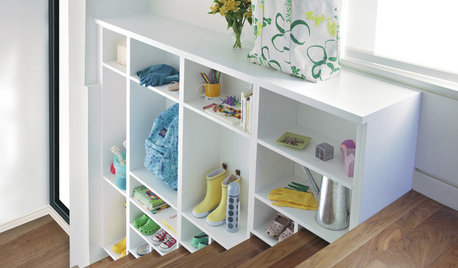
STORAGE10 Ways to Get More Storage Out of Your Space
Just when you think you can’t possibly fit all your stuff, these storage ideas come to the rescue
Full Story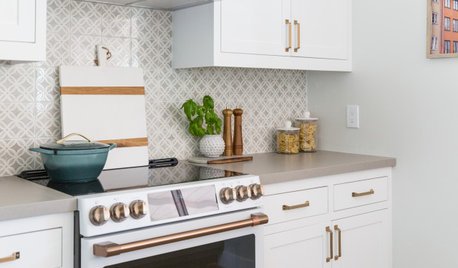
KITCHEN CABINETS9 Ways to Get Low-Maintenance Kitchen Cabinets
Save valuable elbow grease and time with these ideas for easy-to-maintain cabinets
Full Story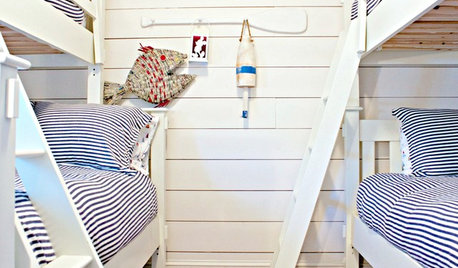
DECORATING GUIDES15 Ways to Get Your Home in a Summer Mood
Bask in the easygoing spirit of summer with breezy touches indoors and out
Full Story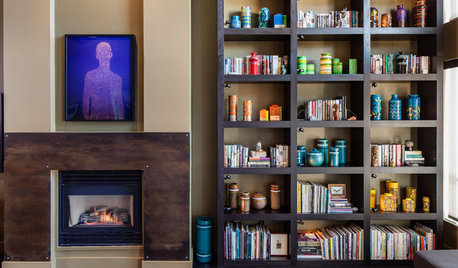
DECORATING GUIDES11 Ways to Get a Perfectly Decorated Bookshelf
Find out how to rotate and stack books, leave breathing room and arrange spaces for great bookshelf style
Full Story
HEALTHY HOMEWhat You Need to Know About Dust and How to Fight It
Breathe easier with these 10 tips for busting mites, dander and other microscopic undesirables
Full Story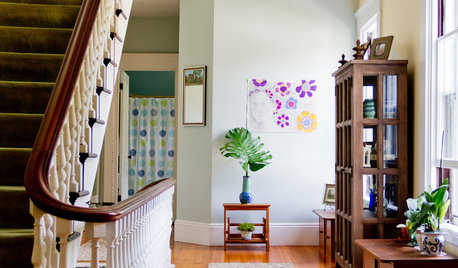
HEALTHY HOMEGet the Lead Out: Lead Safety at Home
Keep your family safe by properly testing for and dealing with lead in old painted surfaces, water and soil
Full Story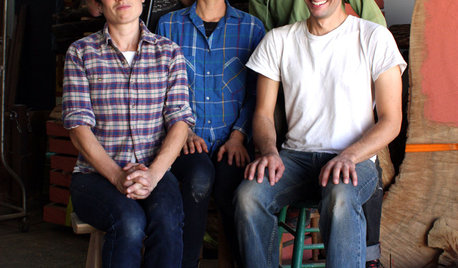
TASTEMAKERSA 'Parks and Recreation' Star Comes Out of the Woodwork
Before Tinseltown called, he was a craftsman. Now Nick Offerman has turned his Los Angeles woodshop into a collective
Full Story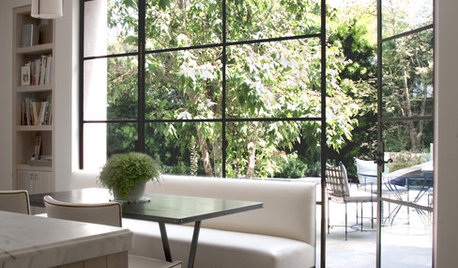
HOUSEKEEPINGThe Best Way to Get Your Windows Spotlessly Clean
Learn the pros’ tips and tricks for cleaning windows and getting them streak-free
Full Story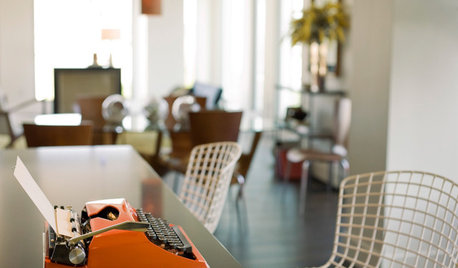
VINTAGE STYLELet's Bang Out New Ways With Vintage Typewriters
We know, we've seen them everywhere, too. But these ideas turn a new page on vintage typewriter decor
Full Story
COLORWake Up Your Woodwork With Black
Strike a dramatic note with black window frames, shelves, stairs and more, making features stand out or blend in
Full StorySponsored
Custom Craftsmanship & Construction Solutions in Franklin County
More Discussions






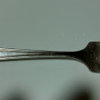
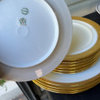


lindac
antiquesilver
Related Professionals
Fargo Furniture & Accessories · Woodbury Furniture & Accessories · East Providence Painters · Baldwin Painters · Blaine Painters · Johns Creek Painters · Spartanburg Painters · Tacoma Painters · Westerville Painters · Boston Furniture & Accessories · San Elizario Furniture & Accessories · Pinehurst Furniture & Accessories · Hialeah Professional Organizers · Perry Hall Professional Organizers · Wilmington Professional Organizersannie1971
sombreuil_mongrel
karinl
oboereed
annie1971
lindac
RRM1
lindac
RRM1
annie1971
lindac
annie1971
RRM1